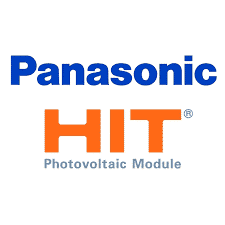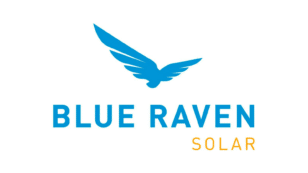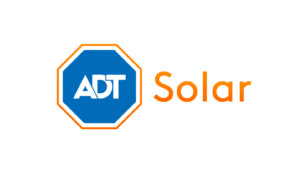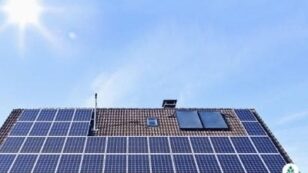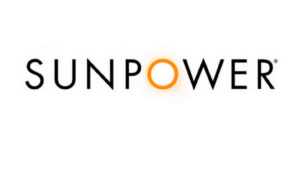
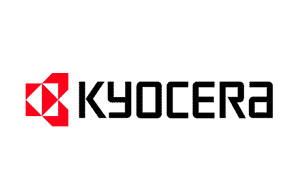
Kyocera Solar Panels Review (Cost, Specs & Performance in 2024)
Here’s what we’ll cover on Kyocera’s solar panels:
- What solar products does Kyocera offer?
- Does Kyocera sell solar panels in the U.S.?
- Kyocera solar panel alternatives
Each product and or company featured here has been independently selected by the writer. You can learn more about our review methodology here. If you make a purchase using the links included, we may earn commission.
Kyocera Corporation is a Japanese multinational electronics manufacturer producing a wide variety of electronics, mostly for businesses. Its products include printers, copiers, ceramics, smartphones, telecommunications equipment, medical products and — you guessed it — solar panels.
So for a company that doesn’t specialize in solar power systems and doesn’t sell panels in the U.S. any longer. Here, we’ll take a look at the panels it does offer, but we recommend clicking below to check out some of the best panels on the market.

LG

Average cost
Pros
- Durable quality
- Top-tier electronics company
- Highly efficient
- Work in multiple configurations
Cons

Sunpower

Average cost
Pros
- Most efficient panels available for homes
- Cradle to Cradle certified sustainable
- Industry-leading warranty coverage
Cons
- Expensive

Silfab
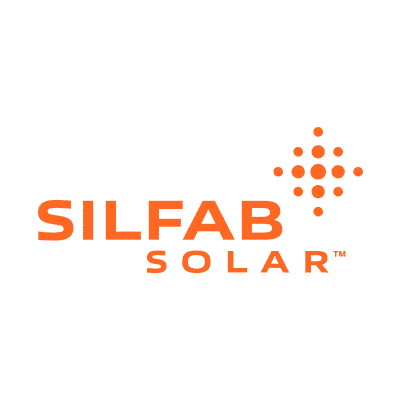
Average cost
Pros
- Best-in-class warranty coverage
- Long-lasting panels
Cons
- Slightly less efficient than top competitors
- Less availability
What is Kyocera Solar?
We should note right off the bat that Kyocera closed its North American sales operations and factories back in 2016. The company no longer sells its heavy duty solar panels in North or South America. However, the company has an interesting history in renewable energy and many of its panels may still be in circulation in the U.S. If you purchased Kyocera panels before 2016, the company still honors its warranties.
Kyocera got its start as a ceramics company, but probably not the ceramics you’re thinking of. They’re referred to as fine ceramics, which are customized for specific purposes by chemically adjusting the compositions of the raw materials.
Since the driving technology behind solar cells involves the purification of silicon (a raw material used in most semiconductors), solar technology was a natural choice for Kyocera. In fact, Kyocera has manufactured solar panels since the 1980’s.1
Most of the solar panels that we cover here at EcoWatch are intended primarily for residential applications. But Kyocera can’t be put into a single box. Its solar technologies are designed for uses ranging from industrial systems to mega-solar farms and even floating solar arrays.
| Kyocera Fast Facts | |
| Year Founded | 1959 |
| Headquarters | Kyoto, Japan |
| Manufacturing Facilities | Locations across Japan, China and Czech Republic.2 |
| Corporate Social Responsibility Report | 2021 Report |
What Solar Panels Does Kyocera Offer?
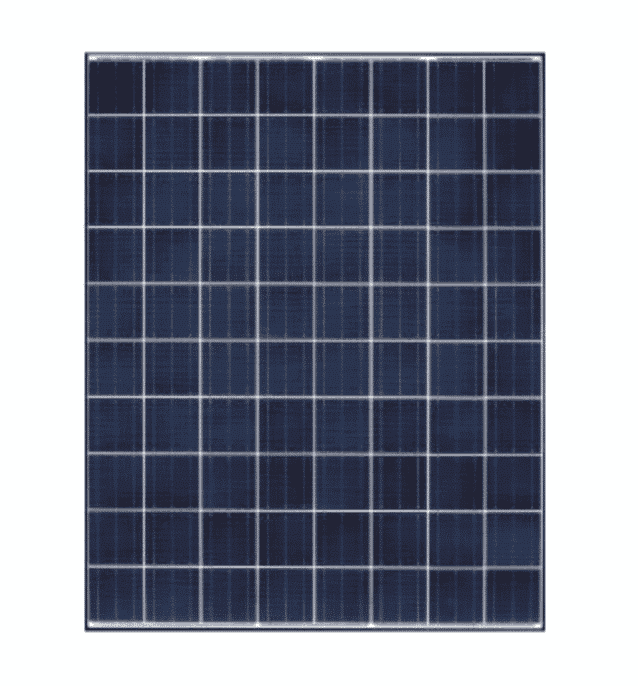
It’s difficult to cover any one Kyocera product since there are dozens of different photovoltaic product lines manufactured across its multinational market varying in size, scope and cost.
Some of its solar modules are small (around 12 volts) and sold in packages for off-grid uses along with charge controllers, connectors and inverters. On the other end of the scale, others are designed to be used in utility-scale solar projects.
For purposes of this article, we’ll first cover the Kyocera residential solar panels that were released in North America. Most have been discontinued, but some may still be available depending on your supplier. Here’s a snapshot of the last of the North American Kyocera solar systems specs, ranging from 255 watt (W) to a 340 watt solar panel.
The solar technology these older series were based on has improved by leaps and bounds, so we wouldn’t recommend purchasing a used Kyocera solar module for a grid-tie project unless the energy needs of your project are very small. Older solar panels will also decrease in their conversion efficiency and power supply more rapidly than newer solar panels will.
| Wattage | 255W – 340W |
| Efficiency | 15.5% |
| Warranty | 10-year product workmanship, 25-year power output warranty |
| Temperature Coefficient | -0.45%/C |
| Data Sheet | Sheet 1 |
Does Kyocera Still Sell Solar Panels in the U.S.?
Kyocera once had manufacturing facilities in Scottsdale and San Diego, so it’s common to still find its photovoltaic modules on online marketplaces and solar sites.3 However, the company closed its North and South American solar energy operations in 2016 and no longer sells or distributes its panels in the western hemisphere.
Kyocera does still sell monocrystalline solar modules in Japan and other Asian countries — and is darn good at it too. Its most recent modules had efficiency levels reaching over 22%, one of the highest possible efficiencies in the world. They are not sold in the United States.
If you do find used Kyocera panels, bear in mind the technology will be at least six years old, likely polycrystalline instead of mono and will therefore only be suitable for small-scale uses like off-grid projects (think a small cabin or recreational vehicles).
Check out the below video on how this Kyocera customer used his panels for an off-grid setup.
What Are Alternative Solar Panels to Kyocera?
For our readers in North and South America, fret not — there is no shortage of stellar, high-efficiency solar power options available to you. If you’re looking for residential solar panels, check out our list of the best solar panel manufacturers of 2022; we also have links to some of the top national providers at the bottom of this page. Or if you’re looking into Kyocera panels for a business energy solution, check out our guide on commercial solar installations.
Since Kyocera’s solar panels specialize in the company’s high-efficiency technology, we might also recommend looking into the most efficient solar panels if you’re seeking alternatives.
Additional Solar Panel Providers
Comparing authorized solar partners
-
- Durable quality
- Top-tier electronics company
- Highly efficient
- Work in multiple configurations
Best Overall
Having trouble deciding? Click below and use our process to receive multiple quotes instead:

 233k
233k  41k
41k  Subscribe
Subscribe 
